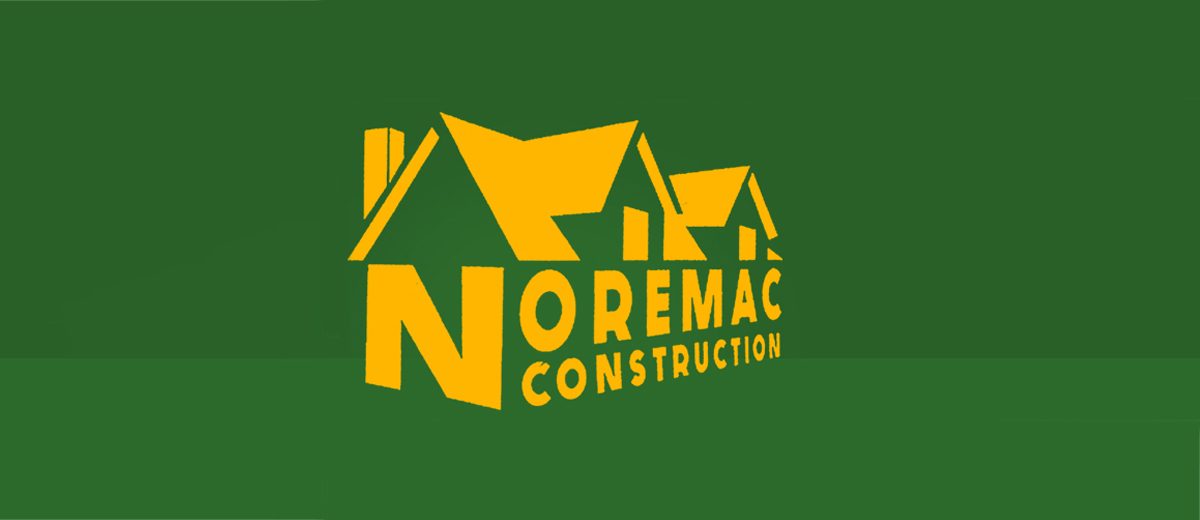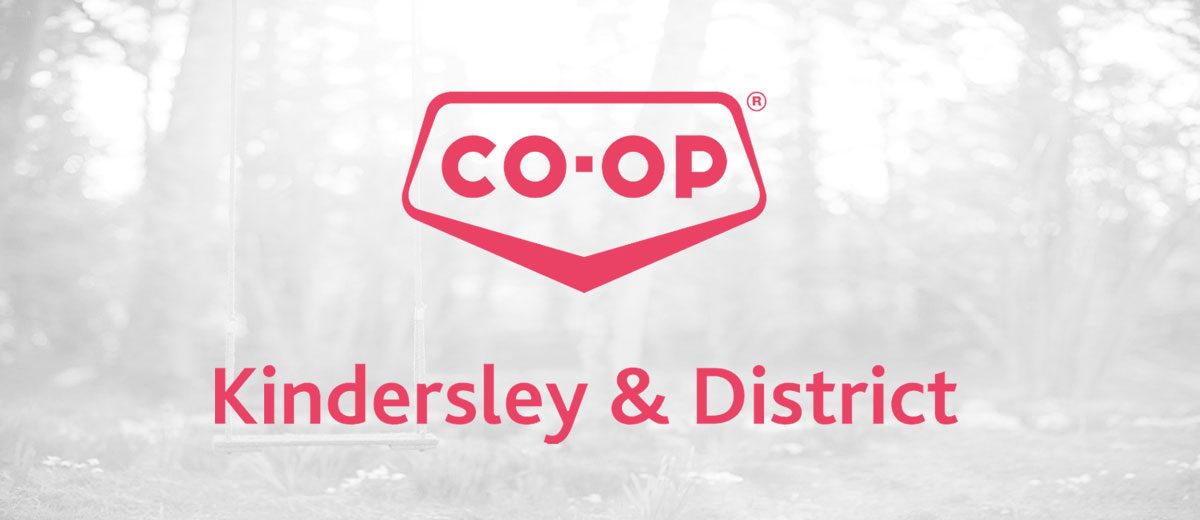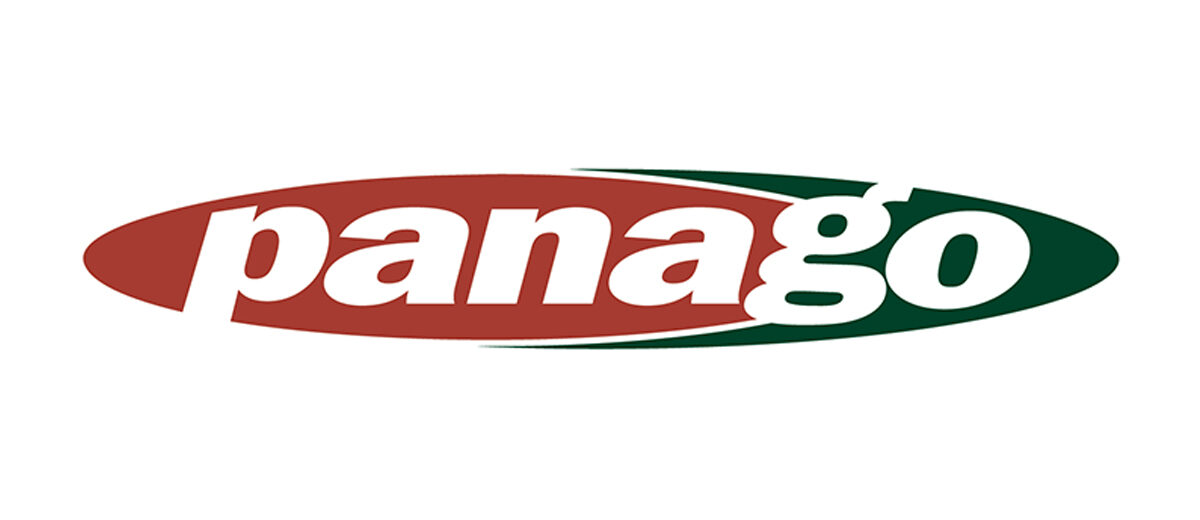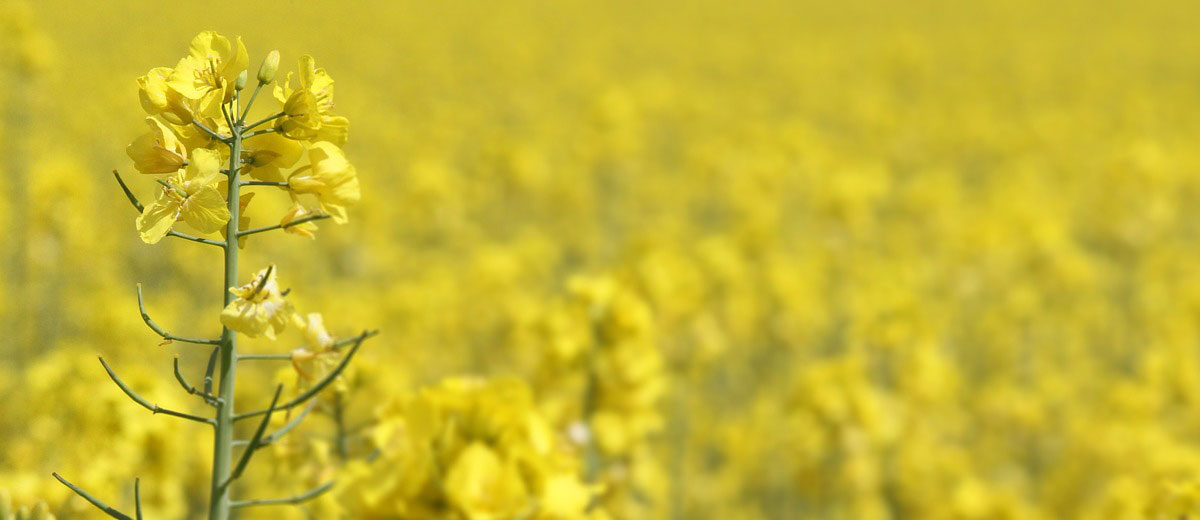
Irrigation Project on Lake Diefenbaker Lays the Foundation for Economic Growth
Premier Moe has announced Saskatchewan is investing in a new irrigation project that will build infrastructure to irrigate up to 500,000 additional acres of land with water from Lake Diefenbaker, more than doubling the irrigable land in Saskatchewan.
Irrigation presents Saskatchewan with one of the most unique opportunities in Canada to grow its agriculture sector and build on our made-in-Saskatchewan Prairie Resilience climate change strategy.
“While irrigated agriculture is more intensive, the reward is the opportunity to grow more diverse, high-value crops. This increases on-farm profitability, value-added processing opportunities, business attraction and employment,” said Jason Drury, Director of Irrigation with the Saskatchewan Ministry of Agriculture.
“We’re excited to realize a vision that John Diefenbaker had 50 years ago when Lake Diefenbaker was constructed for the purpose of ensuring water supply for irrigation and municipal use in Saskatchewan,” said Integrated Water Services Executive Director Clinton Molde. “It is not only generational but it’s transformational for the agriculture industry, the economy and the creation of jobs.”
“Lake Diefenbaker is a critical water resource that provides multiple services for the province. Given its central role in the economic, social and environmental fabric of Saskatchewan, it is vital to ensure this resource is well managed.” Molde continued. “The Water Security Agency has analyzed the irrigation projects and have determined there is capacity for more than 900 thousand acre feet of water usage for irrigation annually. When these projects are fully completed, it will only use around 690 thousand acre feet per year.”
“Based on everything we’ve studied we believe the opportunities are endless,” said Molde.
Project construction is expected to occur over the next 10 years in three main phases, at an estimated cost of $4 billion. Work will begin with an initial $22.5 million investment for preliminary engineering design, planning and engagement, and construction preparations.
This irrigation project is one the biggest in the province’s history, and will involve nearly 400 kilometres of canals and pipelines, as well as three reservoirs. This means significant involvement from SaskBuilds and Procurement who will manage the procurement, design and construction involved.
“We’ll start the project with engineering pre-design and the environmental assessment. That process involves extensive community consultations to ensure everyone understands the project’s scope, local impact and community benefits,” said Kyle Toffan, Deputy Minister of SaskBuilds and Procurement. “Those benefits encompass job creation, improved water and food security, crop diversity and a big economic boost.”
Phase one, known as the Westside Irrigation Project, builds on existing infrastructure on the west side of the South Saskatchewan River and has the potential to irrigate 80,000 acres. Ninety per cent of the original main canal has already been constructed, but it’s in need of rehabilitation and expansion. Phase two is an extension of Phase one and will irrigate an additional 260,000 acres as far north as Asquith.
Phase three of the project focuses on the Qu’Appelle South Water Conveyance Project area to build an upland canal between Lake Diefenbaker and Buffalo Pound Lake, resulting in another 120,000 irrigated acres. It will have multiuse benefits such as supplying water to communities for recreational use, expanding major agricultural, industrial and urban economic development, and enhancing water security.
“We’ve set the stage for growth in the vegetable sector in Saskatchewan and the work is only beginning,” said Connie Achtymichuk Provincial Specialist, Vegetable Crops. “There is excitement amongst producers. New irrigation substantially increases the potential for vegetable growers, both in terms of quantity and quality.”
Once the irrigation infrastructure is in place, it will be up to producers and communities to take advantage of the opportunities it presents.
The Ministry of Agriculture will work alongside producers and industry to provide information to support the irrigation development process. “I see our role as working closely with farmers and irrigation districts to maximize the benefit of this infrastructure as it is constructed,” said Drury. “We’re leaders in terms of engagement and consultation with farmers; we’ll work with industry to share irrigation research that supports profitable and sustainable practices.”
The Irrigation Development Program, through the Canadian Agricultural Partnership, supports producers with infrastructure development to create a secure and sustainable water supply to the edge of irrigable land parcels.
The project will reach rural municipalities near communities and will lay the building blocks for regional economic development in the form of new investments and jobs. It’s estimated the project will create 2,500 construction jobs a year, over the next 10 years, and will result in a $40 billion to $80 billion increase in the provincial gross domestic product over the next 50 years.
Parts of this was originally published in Agriview.
For the latest information and for more updates on everything Kindersley ‘Like’ the Kindersley Social Facebook page below…








































